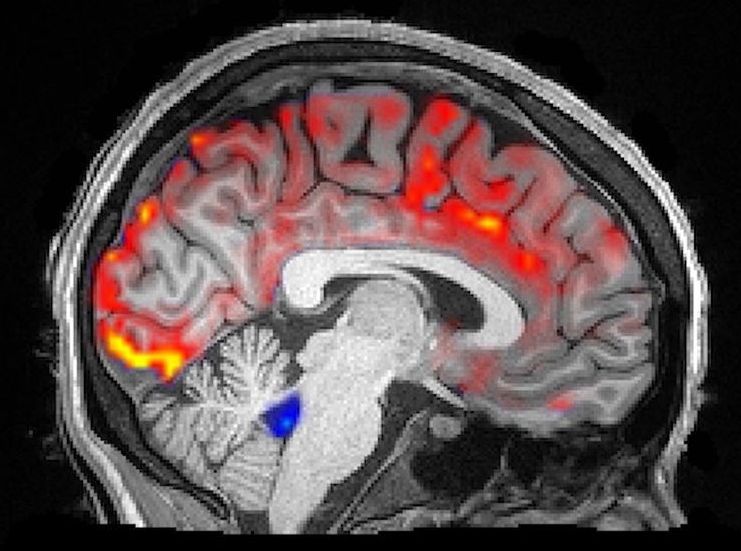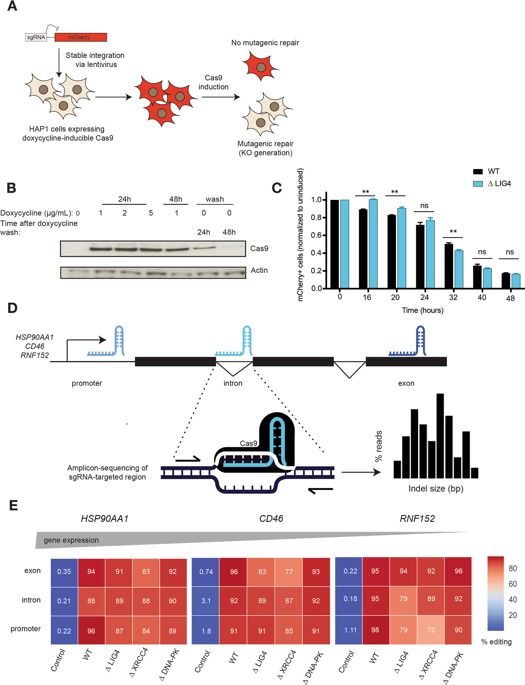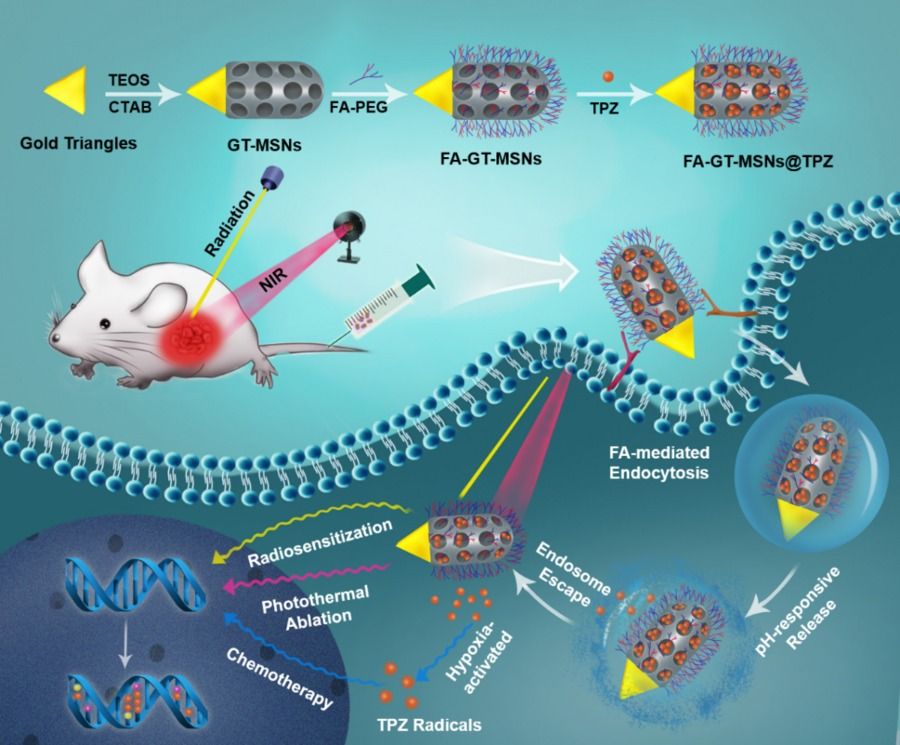Bacterial infections that are resistant to treatment by our existing antibiotics are a huge threat to human health — and an enormous challenge for medicine. Scientists are exploring one fascinating line of research: compounds modeled after those found in the blood of the fearsome Komodo dragon.
Category: biotech/medical – Page 2,499

Making “New” Neurons for Recovery After Brain Injury
One of the most intriguing developments in the so-called golden age of neuroscience has been the growing understanding of “neuroplasticity”: the brain’s ability to constantly reshape itself and constantly learn new things by forging new connections throughout one’s lifetime — to grow proportions of gray matter and even shift brain activity to different regions of the brain.
Now a new research effort is taking the concept of neuroplasticity further — looking at diseased and injured brains that have permanently lost neurons. The effort, led by neuroscientist Magdalena Götz, explores whether “astrocytes” — non-neuronal, structural cells in the brain, can be reprogrammed to take up the tasks the neurons once performed.
“Everybody is astonished, at the moment, that it works,” says Nicola Mattugini, a neurobiologist at the Ludwig Maximilian University of Munich, Germany, when she presented her team’s results at the annual meeting of the Society for Neuroscience in San Diego, California. Their team reprogrammed the astrocytes in lab mice.
Sree Kant at Ending Age-Related Diseases 2019
We’re continuing to release talks from Ending Age-Related Diseases 2019, our highly successful two-day conference that featured talks from leading researchers and investors, bringing them together to discuss the future of aging and rejuvenation biotechnology.
Sree Kant of Life Biosciences discussed investment and R&D in an aging world, demonstrating the necessity of rejuvenation biotechnology in keeping people over the age of 65 healthy and productive. He showed that we need effective treatments for the root causes of aging rather than just downstream conditions, bringing up the necessity of a broad rejuvenation ecosystem that uses VC and other investment to fund companies that focus on these root causes.


Studies Yield ‘Impressive’ Results in Fight Against Cystic Fibrosis
A pair of new studies report “impressive” benefits from a drug therapy for cystic fibrosis, a deadly and devastating disease that affects tens of thousands of people worldwide, the director of the National Institutes of Health wrote in an editorial published in The New England Journal of Medicine on Thursday.
“These findings indicate that it may soon be possible to offer safe and effective molecularly targeted therapies to 90 percent of persons with cystic fibrosis,” wrote the director, Dr. Francis S. Collins, who led the team that in 1989 identified the gene that causes the genetic disease affecting the lungs and digestive system.
“This should be a cause for major celebration,” he wrote in the Thursday editorial.
The Race For Quantum Supremacy I VICE on HBO
Computer giants are racing to build the first quantum computer, a device with millions of times more processing strength than all the computers currently on Earth combined. This technology will harness the unusual laws of quantum mechanics to bring unimaginable advances in fields like materials science and medicine, but could also pose the greatest threat to cybersecurity yet. VICE’s Taylor Wilson meets the scientists at the cutting edge of this new age of computing.
Check out VICE News for more: http://vicenews.com
Follow VICE News here:
Facebook: https://www.facebook.com/vicenews
Twitter: https://twitter.com/vicenews
Tumblr: http://vicenews.tumblr.com/
Instagram: http://instagram.com/vicenews
More videos from the VICE network: https://www.fb.com/vicevideo

Severe Vision Loss From Niacin (Vitamin B3) Can Be Reversed
I Believe it is the Sun-damaged parts of the body that cause the so-termed hives of Niacin. I knew this without seeing data on such I when taking my Niacin {even very small doses as I take averaging about 75 mg every other day} causes a disturbance in my eyes.
In a first-of-its-kind clinical report, retina specialists at the New York Eye and Ear Infirmary of Mount Sinai (NYEE) have shown that severe vision loss from a self-prescribed high dose of over-the-counter niacin is linked to injury of a specific cell type in a patient’s eye. The experts report that discontinuing the vitamin led to reversal of the condition and have published their findings in the fall issue of Journal of VitreoRetinal Diseases.
Niacin, also known as vitamin B3, is used for lowering hyperlipidemia or cholesterol and comes in prescription and over-the-counter forms; it can produce a rare toxic reaction called niacin-induced cystoid maculopathy, a form of retinal swelling.
“Just because nutritional supplements are available without prescription does not mean they are completely safe to use without supervision.” — Jessica Lee, MD


Chinese scientists develop new material for treatment of liver cancer
Photo shows how the new nanomaterial can be used to treat liver cancer in mice. Experimental results prove that the material is efficient and safe in fighting tumors.(Photo provided to Xinhua)
Chinese scientists have invented a nanomaterial which has been proved effective in fighting liver tumors, providing new hope for cancer patients.
NANJING, Oct. 31 (Xinhua) — Chinese scientists have developed a nanometer material that can be used for liver cancer treatment, according to the Suzhou Institute of Biomedical Engineering and Technology under the Chinese Academy of Sciences Wednesday.
